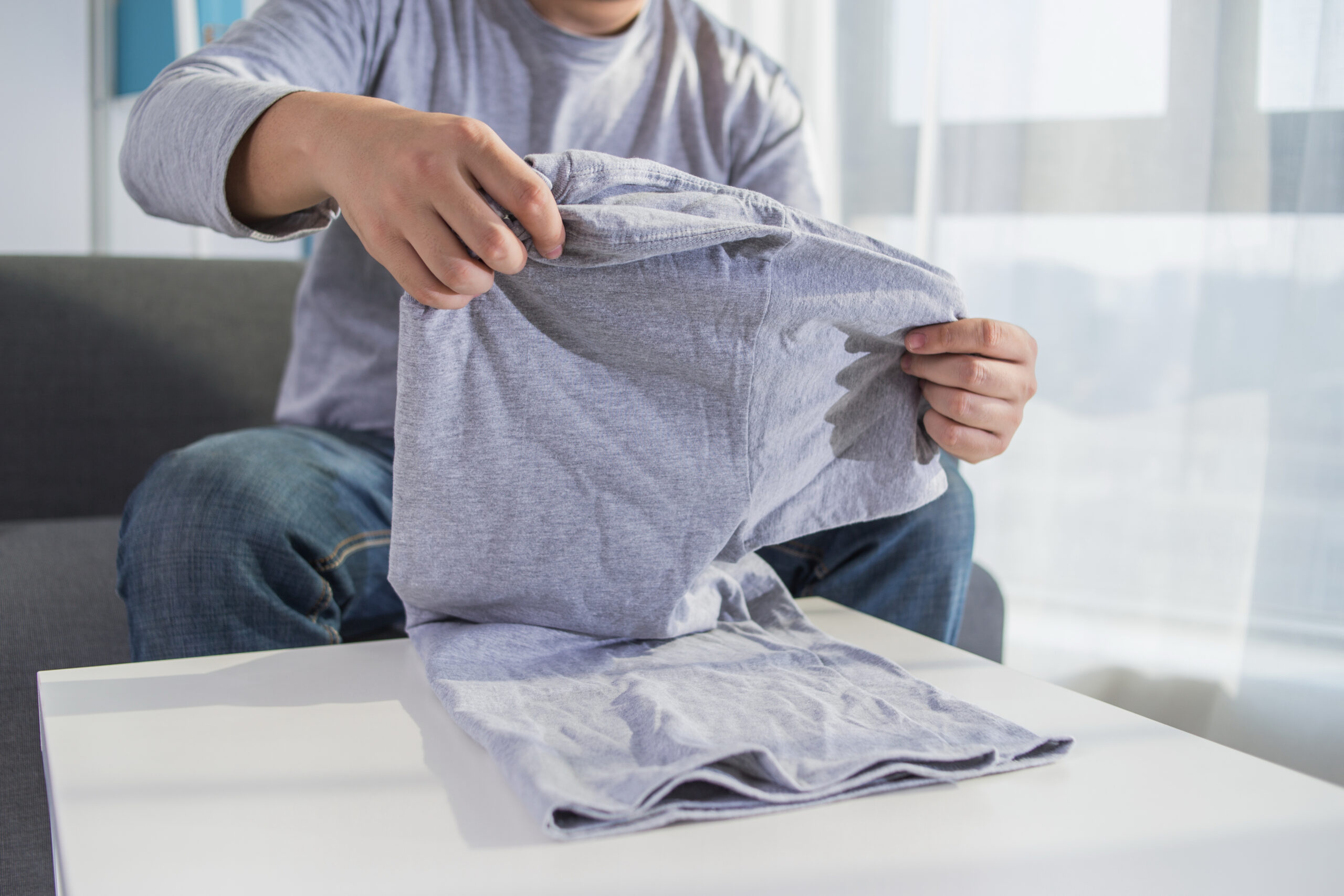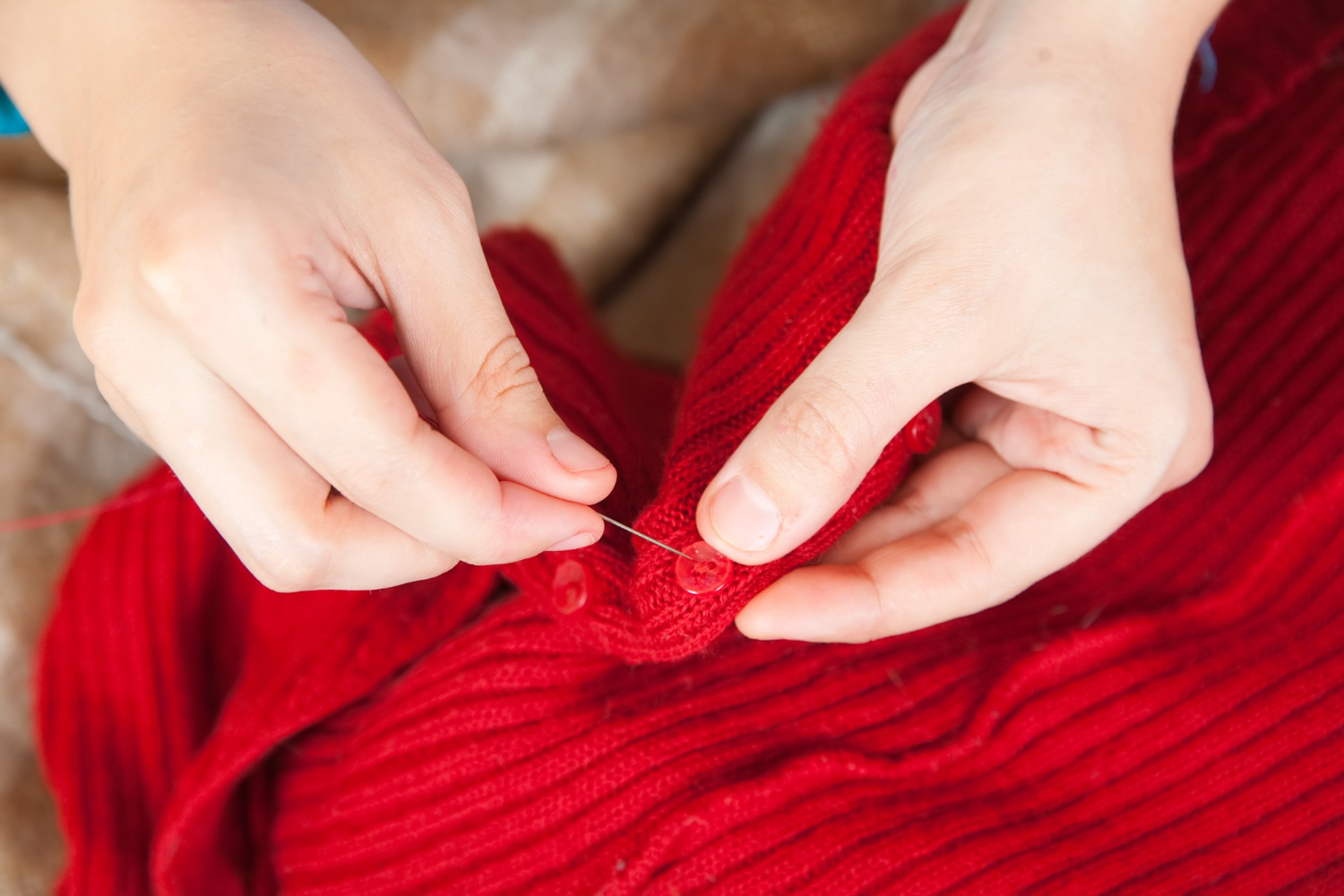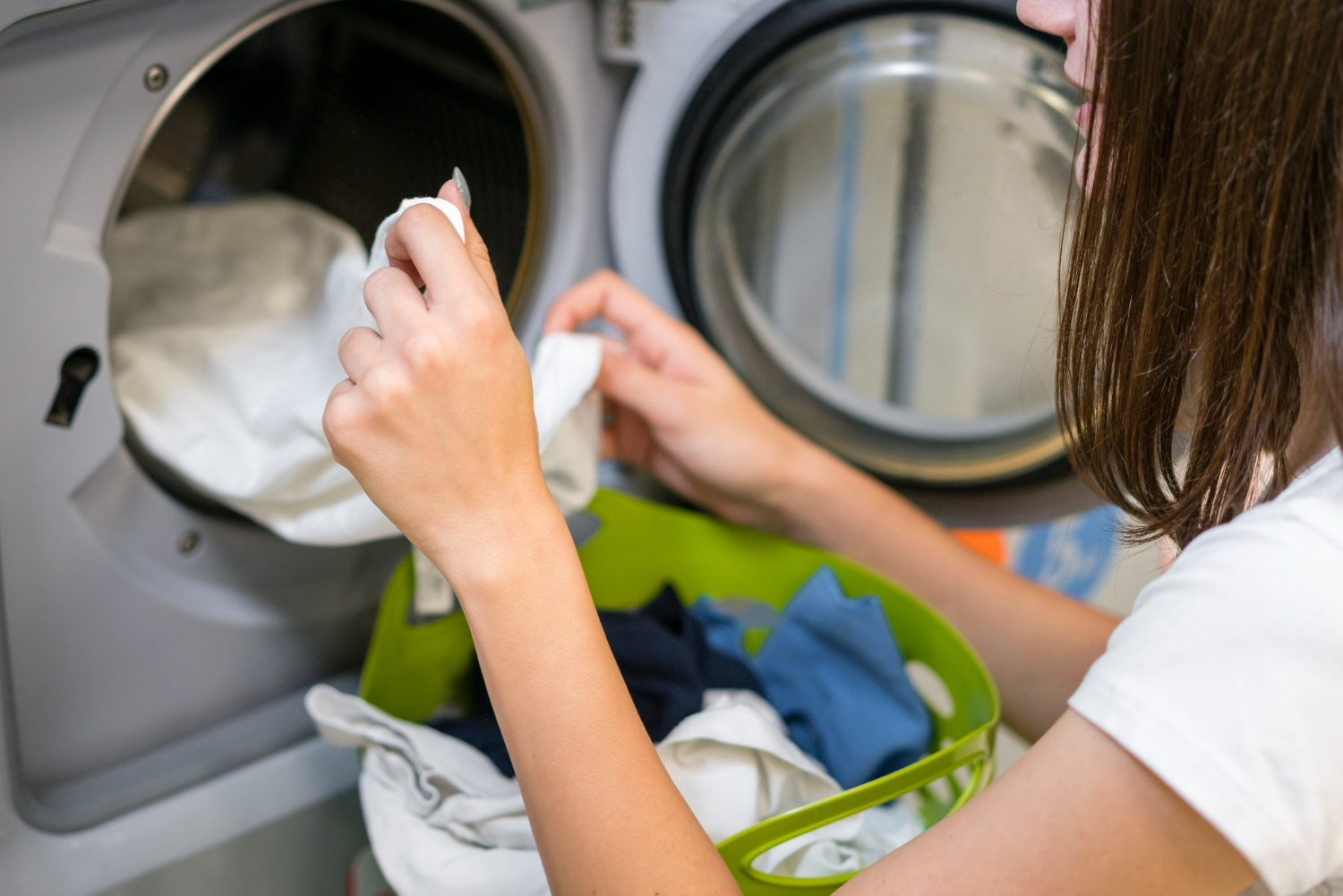Introduction
How to get mud stains out of clothes? Dealing with mud stains on your favorite clothing can be a frustrating experience. Whether you’ve been caught in unexpected rain or your adventurous spirit led you through muddy trails, mud stains are a common inconvenience. But fear not, we’ve got you covered! In this extensive guide, we’ll show you how to get mud stains out of clothes effectively, ensuring your garments look as good as new.
Understanding Mud Stains
What Makes Mud Stains Tricky?
Mud stains are distinct because they are made up of different organic materials, water, and soil. The fibers of cloth can be penetrated by this combination, making them difficult to remove. You must be aware of your limitations to remove mud stains efficiently.
Mud is made up of water, minerals, and organic components that can stick securely to cloth fibers when dry. Mud can be particularly difficult to remove because of the organic materials that it contains, such as silt or clay. Understanding the makeup of mud stains might aid in selecting the most appropriate stain removal techniques.
Pre-treatment Steps
Before we dive into the cleaning process, let’s discuss some essential pre-treatment steps to improve your chances of stain removal. These steps will make the overall process smoother and more effective.
Materials You’ll Need
Gather Your Supplies
How to get mud stains out of clothes effectively, you’ll need some specific materials. Here’s a list of what you’ll require:
- Dull Knife or Spoon: This will help you remove excess mud without spreading the stain.
- Laundry Detergent: Select a premium detergent that is appropriate for your fabric. Depending on your desire, you can use either liquid or powdered detergent. Seek a detergent that has been specially designed to remove stains.
- White Vinegar: A versatile stain remover that can be found in most households. It’s not only effective but also gentle on most fabrics. It helps break down the minerals and organic matter in mud stains.
- Stain Remover: A commercial stain remover designed to target stubborn stains. Look for a stain remover that’s safe for your specific fabric type. These products are often formulated to deal with a wide range of stains.
- Laundry Brush: To gently agitate the stain without damaging the fabric. You can also use an old toothbrush if you don’t have a specialized laundry brush. This step is crucial in working the cleaning agents into the fabric.
- Warm Water: Necessary for washing. Make sure your water isn’t too hot, as it can set the stain. Warm water helps to loosen the stain and rinse away the remnants.
The Cleaning Process
Step 1: Scrape Off Excess Mud
Start by gently scraping off as much dried mud as possible using a dull knife or spoon. Be cautious not to push the mud deeper into the fabric. The goal here is to remove the bulk of the mud without causing further damage.
Mud, when it dries, tends to become brittle. By using a dull knife or spoon, you can carefully remove the outer layer of the mud, which is often loosely attached to the fabric. Be gentle and patient during this step to avoid grinding the mud deeper into the fibers.
Step 2: Pre-treat with White Vinegar
Apply white vinegar to the stained area. Let it sit for about 10-15 minutes. The vinegar will help break down the mud and loosen its grip on the fabric. This step is crucial, especially for older and dried mud stains. It’s like a gentle pre-soak that works wonders.
White vinegar is an excellent natural cleaner due to its acidic nature. It can help dissolve mineral deposits in the mud and make it easier to remove. The acid in vinegar is gentle enough not to harm most fabrics. You can apply it directly to the stain or mix it with an equal amount of water for a milder solution.
Step 3: Apply Laundry Detergent
Apply a tiny amount of your preferred laundry detergent to the stain following the vinegar treatment. To work in the detergent, gently massage the cloth together. The muck will be further broken down and lifted from the cloth by the detergent. Make sure the detergent you use is appropriate for your clothing, taking into account things like color and fabric type.
Surfactants, which are present in laundry detergent, can aid in the breakdown and removal of stains. Whether it’s a detergent for colors or whites, be sure it’s appropriate for the kind of cloth you use. The most efficient liquid detergent is typically concentrated; nevertheless, be sure the detergent is suitable for your washing machine.
Step 4: Use a Laundry Brush
To work the detergent into the stain, use a laundry brush. Be gentle, especially if you’re dealing with delicate fabrics. A soft-bristle brush or even an old toothbrush can be used. This step is crucial in ensuring the detergent gets into the fabric fibers and lifts the mud away.
The laundry brush should have soft bristles that won’t damage the fabric. Gently agitate the stained area, making sure the detergent penetrates the fibers. This will help in breaking down the mud particles and making them easier to wash away.
Step 5: Machine Wash
Follow the care label instructions on your clothing, and machine wash it accordingly. Use warm water to help remove any remaining traces of the stain. Check your clothing’s care label for specific washing instructions, especially if it’s a delicate fabric. Washing your clothing in a machine allows for a thorough rinse, ensuring all traces of the mud and detergents are removed.
Machine washing is effective in thoroughly rinsing out the mud and cleaning agents. Make sure to follow the temperature recommendations on the care label of your clothing. If your garment is suitable for machine washing, use a gentle cycle to protect the fabric.
Additional Tips
Don’ts
- Avoid using hot water as it can set the stain. Hot water can cause the proteins in mud to bond more strongly with fabric fibers, making it even harder to remove.
- Do not rub the stain vigorously, as it can damage the fabric. Instead, gently work on the stain to prevent fabric damage.
Dos
- Always test stain removers on a hidden area first. This precaution ensures that the stain remover doesn’t negatively affect the color or texture of your clothing. Different fabrics may react differently to stain removers, so a patch test is essential.
- Air dry your clothing to ensure the stain is completely gone before using heat. Heat can set any remaining stain, making it more challenging to remove in the future. Air drying allows you to inspect the stain’s complete removal.
Stubborn Stains – How to Get Mud Stains Out of Clothes.
In some cases, mud stains may be particularly stubborn, especially if they are old or if the fabric is delicate. If you find that the stain persists after the first wash, don’t be discouraged. Here’s what you can do:
- Repeat the Pre-treatment: If the stain remains, repeat the pre-treatment steps mentioned earlier. Applying more vinegar and allowing it to sit can further loosen the stain.
- Try a Commercial Stain Remover: Use a stain remover that is specifically designed for the kind of cloth you are working with. Follow the directions on the package to apply it.
- Consult a Professional: It could be necessary to hire a professional cleaner if the stain won’t go away. They can get rid of even the most stubborn stains since they have access to specific cleaning solutions and methods.
Conclusion
With our comprehensive guide, you can confidently tackle mud stains on your clothes. Remember to be patient and persistent in the stain removal process. By following our tips and using the right materials, your clothing will be mud-stain-free in no time. Now, you can enjoy your outdoor adventures without worrying about muddy mishaps.
Frequently Asked Questions
Q: Can I use bleach to remove mud stains?
A: Bleach is not recommended for mud stains, as it can set the stain and damage the fabric. Stick to the methods mentioned in this guide, which are safer and more effective.
Q: What if the stain persists after one wash?
A: If the stain remains after the first wash, don’t panic. Repeat the pre-treatment steps and wash the garment again. Stubborn stains may require a bit of extra attention.
Q: Is it safe to use a laundry brush on all fabrics?
A: While a laundry brush is generally safe, be cautious with delicate fabrics. Test on a hidden area first to ensure it won’t cause any damage. Delicate fabrics may require a gentler touch.
Q: Can I use cold water for washing?
A: Warm water is more effective in removing mud stains, but check the care label on your clothing for specific instructions. Some fabrics may require cold water, so always follow the manufacturer’s recommendations.
Q: How can I prevent mud stains in the future?
A: To prevent mud stains, be mindful of your environment and choose appropriate clothing. Opt for dark-colored or stain-resistant fabrics when heading into muddy areas. You can also treat your clothing with a fabric protector to make stain removal easier in case of future mishaps.
Scan Through More Pieces: How To Get Vegetable Oil Out of Clothes



